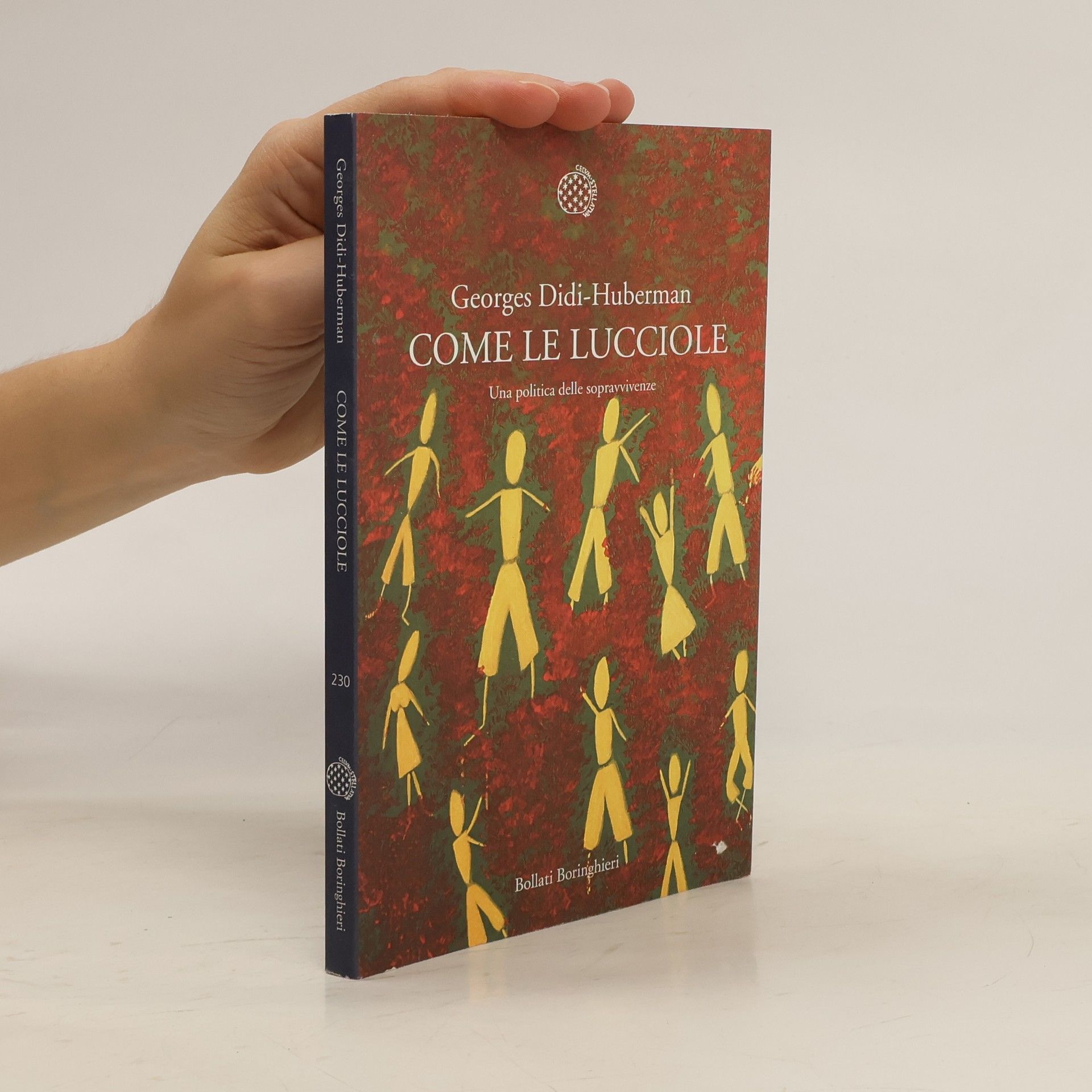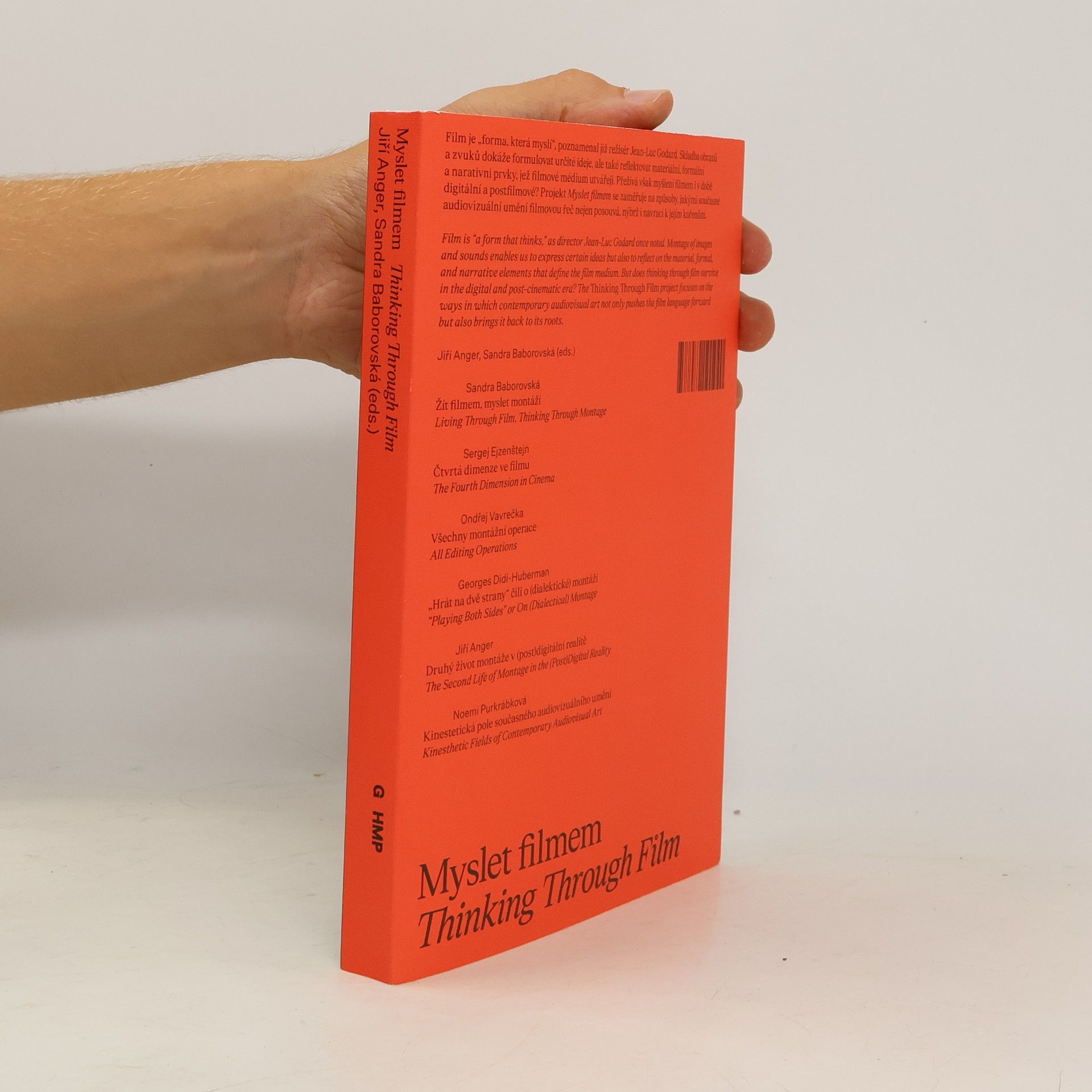Georges Didi Huberman Libri
Georges Didi-Huberman è un filosofo e storico dell'arte il cui lavoro approfondisce la storia e la teoria delle immagini. Indaga come le immagini vengono create, come sopravvivono e come plasmano la nostra percezione della realtà. Il suo approccio è profondamente analitico, esplorando spesso i significati nascosti all'interno delle opere visive. La vasta produzione di Didi-Huberman offre ai lettori un nuovo modo di considerare l'arte e il suo ruolo nella società.







Being a Skull
- 80pagine
- 3 ore di lettura
What would a sculpture look like that has as its task to touch thought? For the French philosopher and Art Historian, Georges Didi-Huberman, this is the central question that permeates throughout the work of Italian artist Giuseppe Penone. Through a careful study of Penone's work regarding a sculptural and haptic process of contact with place, thought, and artistic practice, Didi-Huberman takes the reader on a journey through various modes of thinking by way of being. Taking Penone's artwork "Being the river" as a thematic starting point, Didi-Huberman sketches a sweeping view of how artists through the centuries have worked with conceptions of the skull, that is, the mind, and ruminates on where thought is indeed located. From Leonardo da Vinci to Albrecht Dürer, Didi-Huberman guides us to the work of Penone and from there, into the attempts of a sculptor whose works strives to touch thought. What we uncover is a sculptor whose work becomes a series of traces of the site of thought. Attempting to trace, by way of a series of frottages, reports, and developments, this imperceptible zone of contact. The result is a kind of fossil of the brain: the site of thought, namely, the site for getting lost and for disproving space. Sculpting at the same time what inhabits as well as what incorporates us.
Confronting Images
- 336pagine
- 12 ore di lettura
Presents arguments about the structure of images and the histories ascribed to them by scholars and critics working in the tradition of Vasari and Panofsky.
Eye of History
- 282pagine
- 10 ore di lettura
From 1938 to 1955, Bertolt Brecht created montages of images and text, filling his working journal (Arbeitsjournal) and his idiosyncratic atlas of images, War Primer, with war photographs clipped from magazines and adding his own epigrammatic commentary. In this book, Georges Didi-Huberman explores the interaction of politics and aesthetics in these creations, explaining how they became the means for Brecht, a wandering poet in exile, to take a position about the Nazi war in Europe. Illustrated with pages from the Arbeitsjournal and War Primer and contextual images including Raoul Hausmann's poem-posters and Walter Benjamin's drawings, The Eye of History offers a new view of important but little-known works by Brecht.
Images in Spite of All
- 248pagine
- 9 ore di lettura
Of one-and-a-half million photographs related to Nazi concentration camps, only four depict the actual process of mass killing perpetrated at the gas chambers. This book reveals that these photos of Auschwitz, taken clandestinely by one of the Jewish prisoners forced to help carry out the atrocities there, were made as a potent act of resistance.
Alberto Giacometti’s 1934 Cube stands apart for many as atypical of the Swiss artist, the only abstract sculptural work in a wide oeuvre that otherwise had as its objective the exploration of reality. With The Cube and the Face , renowned French art historian and philosopher Georges Didi-Huberman has conducted a careful analysis of Cube , consulting the artist’s sketches, etchings, texts, and other sculptural works in the years just before and after Cube was created. Cube , he finds, is indeed exceptional—a work without clear stylistic kinship to the works that came before or after it. At the same time, Didi-Huberman shows, Cube marks the transition between the artist’s surrealist and realist phases and contains many elements of Giacometti’s aesthetic consciousness, including his interest in dimensionality, the relation of the body to geometry, and the portrait—or what Didi-Huberman terms “abstract anthropomorphism.” Drawing on Freud, Bataille, Leiris, and others whom Giacometti counted as influences, Didi-Huberman presents fans and collectors of Giacometti’s art with a new approach to transitional work.
Bark
- 136pagine
- 5 ore di lettura
On a visit to Auschwitz-Birkenau, Georges Didi-Huberman tears three pieces of bark from birch trees on the edge of the site. Looking at these pieces after his return home, he sees them as letters, a flood, a path, time, memory, flesh. The bark serves as a springboard to Didi-Huberman's meditations on his visit, recorded in this spare, poetic, and powerful book. Bark is a personal account, drawing not on the theoretical apparatus of scholarship but on Didi- Huberman's own history, memory, and knowledge. The text proceeds as a series of reflections, accompanied by Didi-Huberman's photographs of the visit. The photographs are not meant to be art - Didi-Huberman confesses that he photographed practically everything without looking - but approach it nevertheless.
Myslet filmem
- 192pagine
- 7 ore di lettura
Film je „forma, která myslí,“ poznamenal již režisér Jean-Luc Godard. Skladba obrazů a zvuků dokáže formulovat určité ideje, ale také reflektovat materiální, formální a narativní prvky, jež filmové médium utvářejí. Přežívá však myšlení filmem i v době digitální a postfilmové?Projekt Myslet filmem se zaměřuje na způsoby, jakými současné audiovizuální umění filmovou řeč nejen posouvá, nýbrž i navrací k jejím kořenům. Autoři textů v knize: Jiří Anger, Sandra Baborovská, Georges Didi-Huberman, Sergej Ejzenštejn, Noemi Purkrábková, Ondřej Vavrečka.
The Man Who Walked in Color
- 82pagine
- 3 ore di lettura
First published as L'homme qui marchait dans la couleur, Paris: Les Editions de Minuit, 2001.
Invention of Hysteria
Charcot and the Photographic Iconography of the Salpêtrière
- 386pagine
- 14 ore di lettura
Exploring the intersection of psychiatry and photography in the late nineteenth century, this work highlights how photographic practices at the Salpetriere hospital contributed to the conceptualization of hysteria. Georges Didi-Huberman examines the influential role of Jean-Martin Charcot in documenting the lives of women labeled as hysterics through photography, offering visual evidence that shaped medical understanding. The book features images from the iconic album Iconographie photographique de la Salpetriere, revealing the profound impact of these visuals on the field of mental health.
